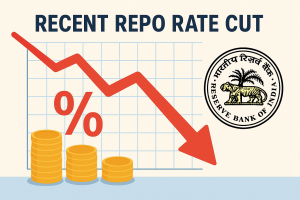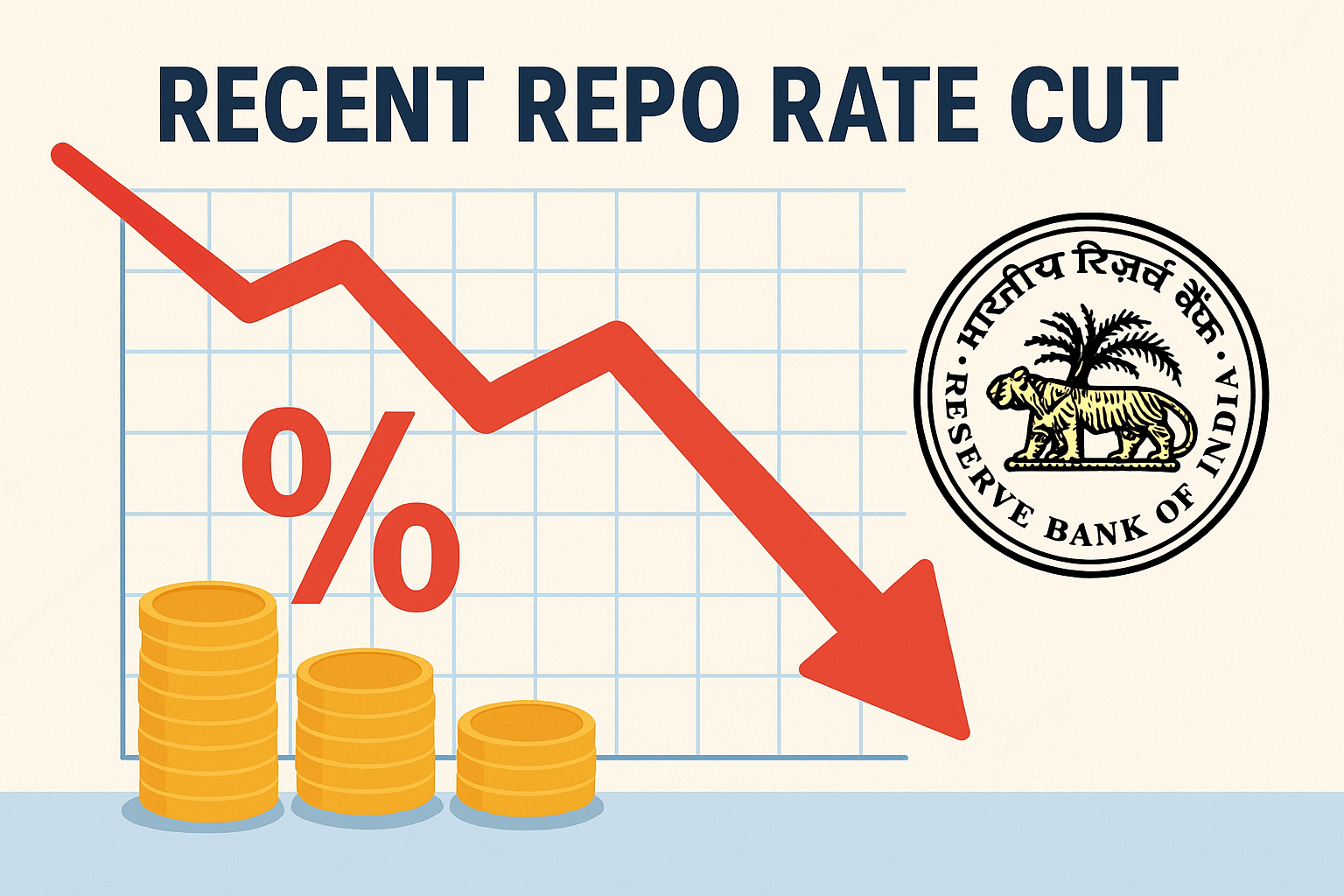The Panama Canal is experiencing its worst traffic jam, with over 200 ships stranded on either side of the waterway. The jam is due to a combination of factors, including a prolonged drought that has reduced water levels in the canal and operational changes implemented by the Panama Canal Authority (ACP) to conserve water.
Last week, the Panama Canal Authority extended the restrictions on vessel transit through the canal until September 2. The maximum number of authorized daily vessel passages will remain capped at 32.
These canal limitations were introduced over the past few months due to the delayed onset of the rainy season in Panama. Maritime experts and industry firms suggest these restrictions could further strain consumer goods prices, as shipping delays and additional charges contribute to elevated shipping expenses.
The Panama Canal plays a crucial role in facilitating the movement of consumer goods from Asia to the United States, particularly in anticipation of high-demand periods like the Christmas season. Additionally, it expedites the transportation of US commodities to Asia and the Pacific Coast of South America.
The drought is the leading cause of the traffic jams. The canal is fed by rainwater and runoff from the surrounding mountains, but the rainy season has been below average for the past two years. This has led to a significant drop in water levels in the canal, forcing the ACP to reduce the number of ships passing each day.
The ACP has also implemented several operational changes to conserve water. These include reducing the water used to flush the canal and requiring ships to travel at slower speeds. These changes have further reduced the canal’s capacity and have contributed to the traffic jams.
Traffic jams are having a significant impact on global trade. The Panama Canal is a major shipping route, and the delays are causing cargo to pile up at either end of the canal. This is leading to higher shipping costs and delays in the delivery of goods.
The ACP is working to address the traffic jam. The agency hopes that the rainy season will improve water levels in the canal and that the operational changes will be temporary. However, if the drought continues, the ACP may need to make more permanent changes to the canal’s operations.
The traffic jam is a reminder of the vulnerability of the Panama Canal to climate change. The canal is already experiencing the effects of climate change, such as rising sea levels and more extreme weather events. These changes will likely make the canal more susceptible to disruptions in the future.
The Panama Canal is a vital link in the global economy. It is estimated that the canal saves shippers billions of dollars each year. The traffic jam is a major setback for the canal and a reminder of the challenges the canal faces in the face of climate change.
In addition to the drought and operational changes, a few other factors contribute to the traffic jam. These include:
The increase in the size of ships. The Panama Canal has been widened and deepened in recent years to accommodate larger ships. However, these larger ships take longer to transit the canal, contributing to the traffic jam.
The increase in global trade. The volume of cargo shipped through the Panama Canal has been increasing in recent years. This is due to the growth of the global economy and the rise of e-commerce. The increase in traffic is putting a strain on the canal’s capacity.
The Covid-19 pandemic. The COVID-19 pandemic has disrupted global supply chains, increasing the number of ships waiting to transit the Panama Canal.
The Panama Canal Authority is working to address the traffic jam. The agency is increasing the number of locks that are open each day and is working to improve efficiency at the ports at either end of the canal. However, it is unclear how long it will take to clear the backlog of ships.
Traffic jams are a major challenge for the Panama Canal. However, the canal is a resilient institution, and it has overcome challenges in the past. The ACP is confident that the canal will weather this storm and continue to play a vital role in global trade.









